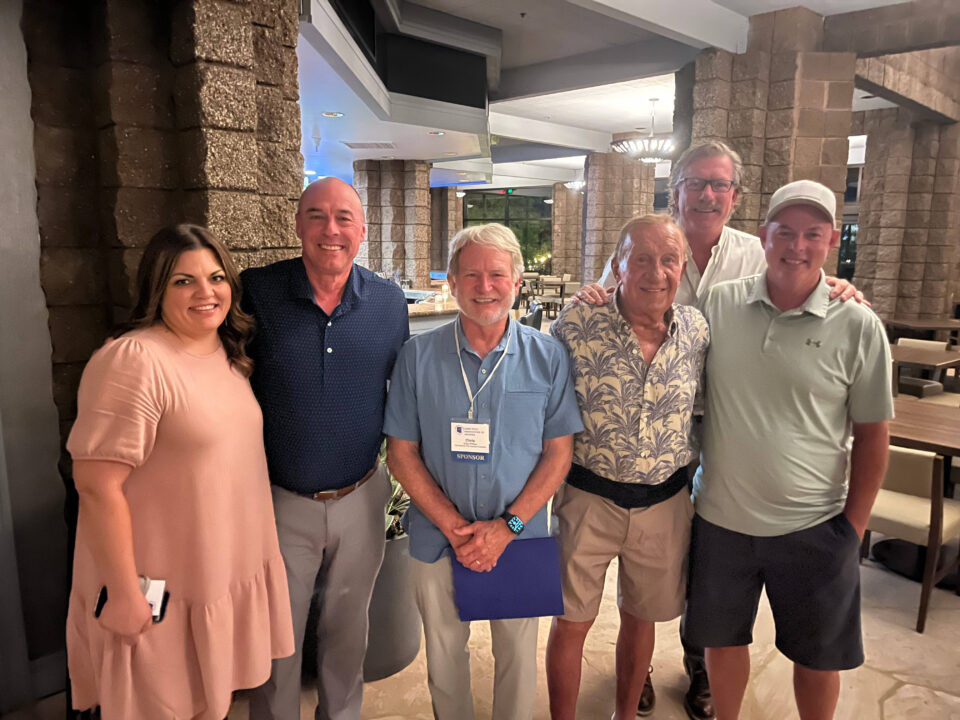
Message from the CEO | Continued Growth & New Regions
August 5, 2021
Regional Update with Jacquie Brink | The Times They Are A-Changin’
August 17, 2021A: A “Master Indemnity” refers to the Texas Master Indemnity Agreement (Form T-29) set forth in Procedural Rule P-11. Prior to discussing how a “master indemnity” works it is important to understand Procedural Rule P-11.
Procedural Rule P-11 prohibits insuring around a lien (willful issuance of a policy showing no enforceable recorded liens when the company knows that a lien in fact exists).The rule sets out specific circumstances in which a company may issue a policy without taking exception to the lien (i.e., the prohibition of insuring around does not include the issuance of a title insurance policy under those specific circumstances set out in the rule). Under P-11.b.7., where a title insurance company has issued a policy without taking exception to a specific lien and another title insurance company discovers the error in preparing to make a subsequent issuance, the second title company may rely upon a specific indemnity executed by the first title company, and insure against such lien (written consent of the Insureds is required here). Under P-11.c., a title insurance company may, in lieu of a separate specific indemnity, rely on the Texas Master Indemnity Agreement (T-29) executed between the companies with regards to the specific lien. The rule also applies to other matters covered by the Texas Master Indemnity Agreement and allows for a company to indemnify another when the matter was not excepted to in the prior policy.
The Texas Master Indemnity Agreement (T-29) provides indemnification to another title company where:
i) an owner’s policy was issued to the current title holder (or loan policy to a lender who acquired after foreclosure or deed in lieu of foreclosure);
ii) the policy covers some or all of the land insured in the contemplated policy; and
iii) the prior policy did not take exception to the matter.
The Texas Master Indemnity Agreement (T-29) covers a number of potential defects pertaining to:
i) homestead;
ii) judgment liens, federal or state liens;
iii) mortgages or other consensual liens;
iv) authority of trustees and attorneys in fact;
v) authority of executor or administrator.
A copy of the Texas Master Indemnity Agreement can be found in the Basic Manual under Procedural Rule P-11.c. The agreement is executed and exchanged between underwriters at their discretion. It is important to check with the underwriter to determine if it has an agreement in place with the insurer who issued the prior policy. When determining if we would rely on a master indemnity, we are using Procedural Rule P-11 and following the specific terms of the master indemnity agreement. In most cases, we will need a copy of the Owner’s Title Policy issued to the current title holder. The policy will need to cover some or all of the land in the proposed transaction. We will review the policy to ensure that the matter is covered under the master indemnity agreement and to determine if the prior policy excepted to the issue. Keep in mind that the agreement sets forth specific items that are covered for each potential defect. For example, judgment liens and federal tax liens are a covered matter, however, municipal liens are not. As to the potential defects that deal with judgment liens and mortgages, there is a dollar limitation set out in the agreement (face amount of the lien or principal amount of the mortgage cannot exceed $500,000). We may also take into consideration any increase in liability (e.g., if the prior policy was issued on vacant land for an amount of 100K, but the proposed policy amount is now 350K due to additional improvements). When relying on the Texas Master Indemnity Agreement, the consent of the proposed insured (owner and mortgagee) is required to be retained in the file.
If you have questions or concerns about the applicability of master indemnity, please be sure to reach out to FNTI underwriting counsel.




